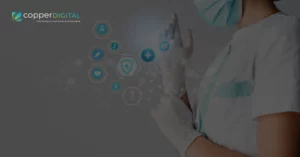Prevention
We all are familiar with the adage ‘Prevention is better than cure.’ Throw in modern technology to the mix, and you may have a winning formula to ensure that we can prevent a disease/condition by taking educated steps at different levels.
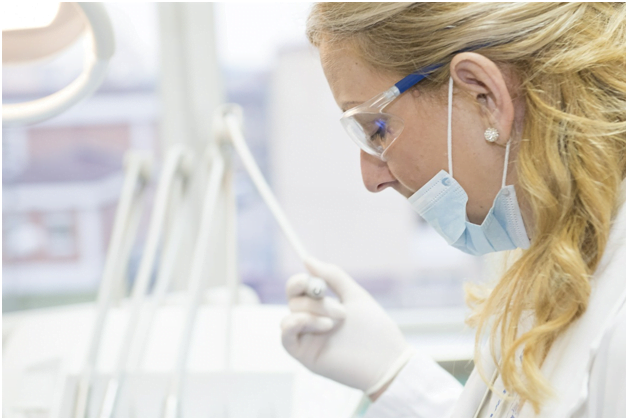
Data-Driven
A data-driven approach is about calling real-time data based APIs from verified sources and health care authorities such as WHO, CDC, etc. EHR or Electronic health records have defined standards by which data gets shared with health care providers. You may want to read on the FHIR standards which streamline calling APIs such as Restful and help visualize this data in the form of JSON, XML or RDF
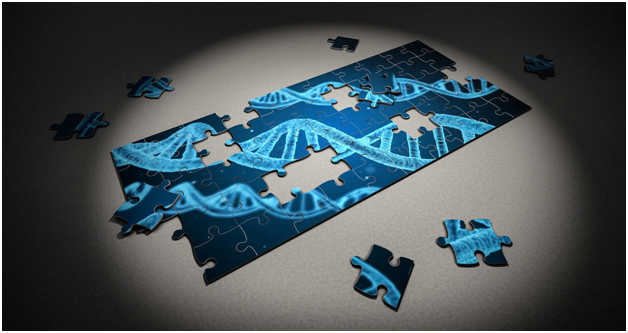
Employer-Based
These would fall under the purview of B2E applications for an organization. Encouraging employees to monitor, track, and maintain their fitness levels, not only helps employers save on the medical bills but also promotes well being within the organization.
Some of the employers who have implemented such programs through technology have ensured that employees are healthier and are less likely to skip work due to ill health.
Community-Based
A community-based approach to tracking, prevention, and intervention is perhaps one of the best ways to adapt to individuals’ overall well-being. A mobile application can help the support group stay connected and intervene at the right moment, whether it’s an individual seeking community support on alcohol addiction or drug abuse.
Risk Assessment
In our ongoing battle with COVID 19, not only in the US but around the world, mobile apps are paving the way for better community-level information transmission and prevention checks. Apps like COVIDSafe published by the government of Australia is helping communities beat the curb by identifying close contacts with the infected citizens and helping them take measures at a regional level.
Risk Assessment and countermeasures through a mobile application have become exceedingly important in today’s world.
Applications like BURN MD, help doctors, access the burn areas for a victim and quickly analyze the risk without having to document it on a paper-based process. This application helps save a life and is extremely important in the assessment and planning process in surgeries. You may want to build an app that addresses the risk assessment aspect in the patient’s journey, which can be pivotal in saving lives.
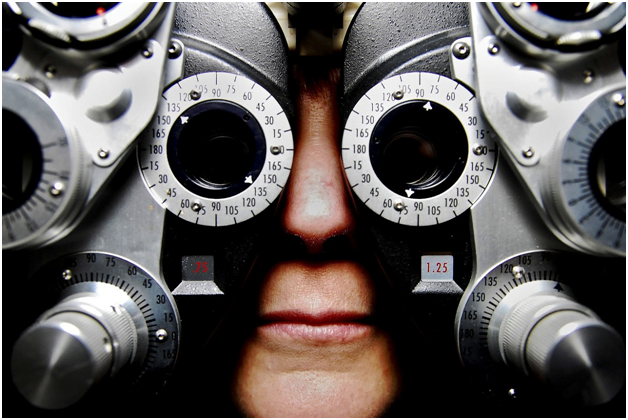
Diagnosis
Gone are the days when we had to physically do the rounds of a healthcare facility, take appointments of busy doctors, and wait in endless lines to diagnose a condition. With modern technology, we can diagnose a condition by making an informed decision through communication with qualified doctors and physicians on a mobile device.
Many applications that support in Diagnosis of a condition are doing the rounds and have become popular, such as ADA, with more than five million downloads. Such applications should help us with a ballpark estimation of the condition to help us get in touch with the healthcare facilities for further insights. It is much better to get a good reference point rather than being clueless and panicking.
Many applications can help connect with diagnostic services as well for better patient experience. For example, if a patient wants his blood samples taken, it could be scheduled with the mhealth app, and the report results pushed to the patient’s mobile device. The engagement process becomes streamlined and directly enhances the patient’s experience.
Telemedicine
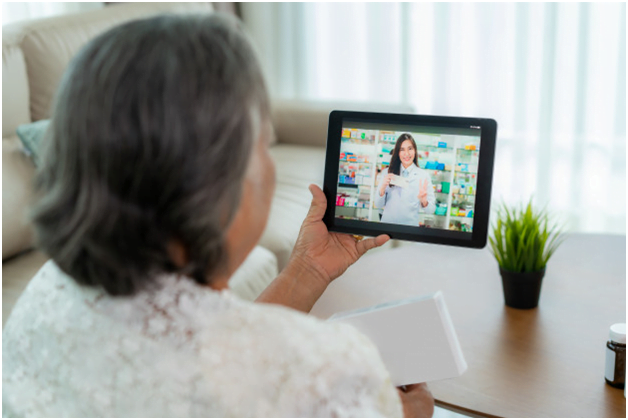
Some of the problems hampering the patient’s journey are practical scenarios and challenges we face every day. Sometimes we cannot find time in our schedule to see a doctor or the location we’re at makes it difficult to make it happen.
Telemedicine has proved to be the bridge between a patient and a doctor, without needing to step into a physical office for non-emergency conditions. With such applications, it becomes elementary to consult your doctor through your mobile device and get remote help. Apps such as MDlive help connect you to pediatricians, behavioral health service, and psychiatry whenever required, without needing to visit the health care facilities physically.
Similarly, apps like Lemonaid, help connect with a doctor for diagnosis/consultation of the medical condition and ship the prescription medicines on the same day! Not only is it convenient and fast, but it also helps save a substantial amount of money by paying per-consultation fees as low as $25.
If you’re building a telemedicine app, make sure that UI/UX is following, making the engagement between a patient and a caregiver easier with intuitive screens and the functionalities in the engagement process like the video/text chat document sharing is fast and efficient.
Bots
You may have seen bots answering your questions on a website. These bots are called chatbots and are advanced enough to answer simple queries and point them in the right direction. However, due to recent advancements in artificial intelligence, these bots can do much more than answering your simple questions.
Google’s Duplex bot was a gamechanger in the field of what AI bots. Released in 2018, it is capable of human-sounding conversation models, so much so that it becomes difficult to differentiate it from a human. There are mood-improving bots like Woebot whose sole purpose is to make you feel better by showing empathy while giving a logical consultation like a psychologist!
Bots in healthcare offer more than just a conversation. Their tasks can cover a wide array of activities from medication management, organizing patient’s choices, providing advice on more straightforward medical issues, or reaching out to medical care facilities during an emergency.
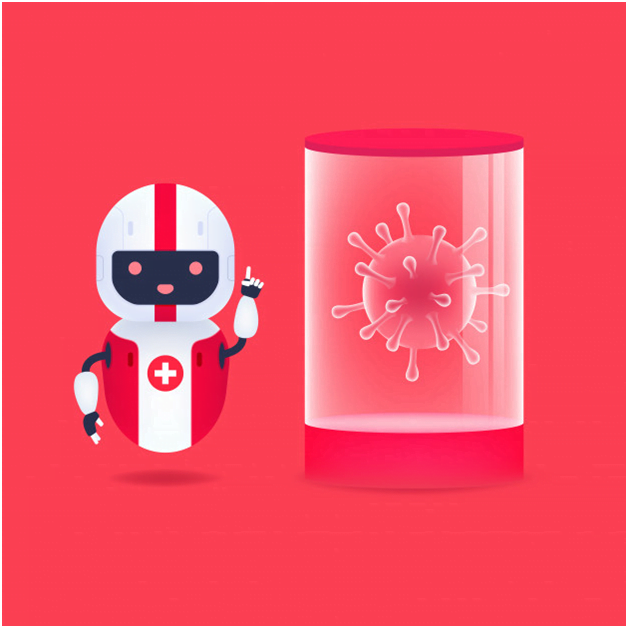
Estimates
One of the most critical questions that every patient seeks to answer is, how much would treatment cost? A mobile application may help answer that question with an estimation. There are quite a few apps available on the app stores like Aetna, which can find a doctor and see what procedures may cost.
While building such an application, you would have to find the cost of such procedures and compile your database or deploy big data analytics to do the same.
Appointments and Referrals
A simple application which schedules one’s appointments can come in handy for any patient to avoid endless queues. Appointment/scheduling mhealth apps have surged in high demand due to the recent pandemic. Every healthcare facility following social distancing and trying to avoid crowds in the lobby and waiting areas.
Apps like Appointfix helps the patients to fix an appointment round the clock. Moreover, it sends reminders in advance, which reduces ‘no shows’ at the hospitals. Every visit gets documented in one place, and simple reports viewed and exported.
Treatment
When you’re getting yourself treated, the first things you would want to discover are the healthcare facilities and the doctors who treat you nearby. Mobile apps built to facilitate searches for these healthcare facilities and provide insights about medical practitioners are often very popular and let people make an informed decision. In the case of emergency apps like EMNet, help you find emergency rooms all across the hospitals in the US.
Conclusion
While building a mhealth app, you must address these five essential aspects of the patient journey. At Coppermobile, following these five principles has ensured that the mhealth apps we build focus towards an excellent overall patient experience!


